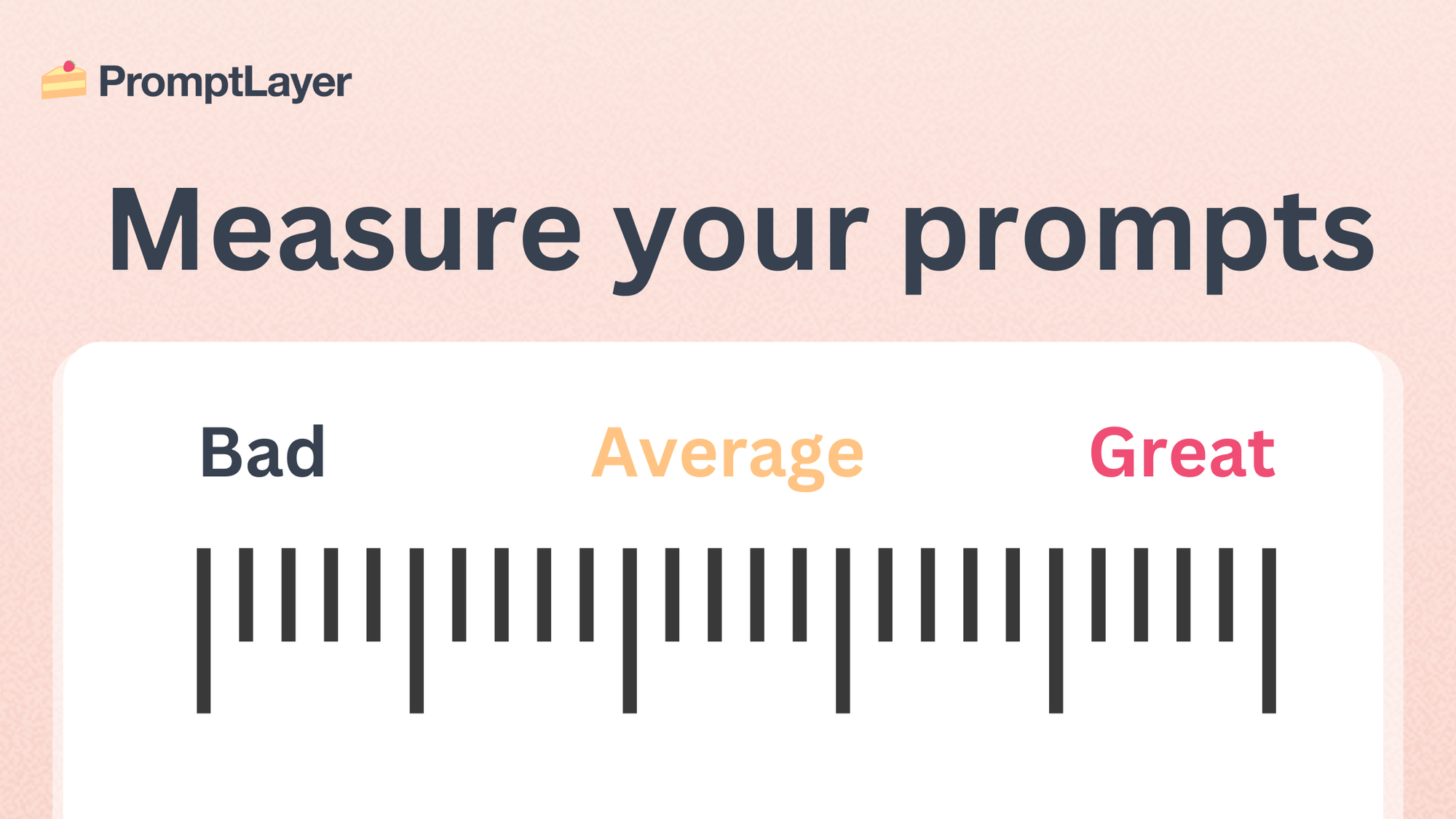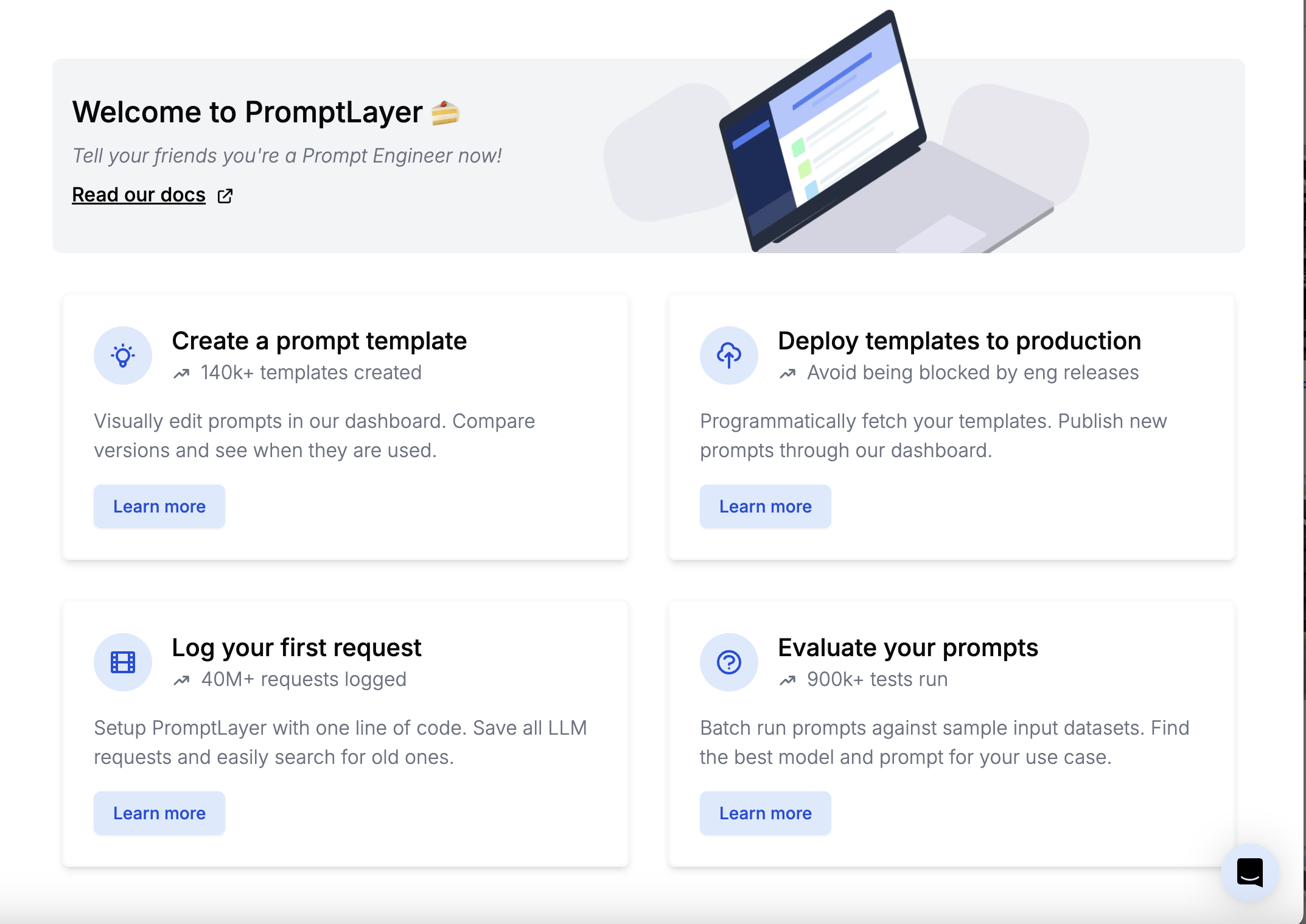How a Prompt Engineering Tool Improves AI Model Performance

A prompt engineering tool is an essential partner in managing your prompts. We’ll break down why you need one to measure the results of any prompt engineering technique.
What is a Prompt Engineering Tool?
Prompt engineering tools help you design, manage, analyze, and optimize the instructions (or "prompts") for AI models. They streamline how you create prompts and allow for real-time prompt evaluation.
Many tools are available for prompt engineering that can manage, track, and optimize AI prompts.
Also known as prompt management systems, these tools play a key role in streamlining workflows by organizing and optimizing prompt usage. These tools directly contribute to improving how you use AI models.
How Prompt Engineering Tools Improve AI Model Performance
Using prompt engineering techniques improve AI model responses by helping them understand instructions clearly. This reduces the need for repeated adjustments and helps you process tasks faster.
Tools can be used to track how you utilize prompts and provide insight into their performance. They allow developers to see which prompts work best, making it easier to refine and improve results over time.
By applying LLM prompting techniques with a prompt engineering tool, you can see clear improvements in AI model performance. Using a tool along with different techniques lets you analyze and show how different prompts generate different results.
Benefits of Using a Prompt Management System
A prompt management system offers several critical advantages for improving workflow and output quality.
- Efficient Workflows - reduce your time spent on trial and error when writing prompts. Focus on refining your results more quickly.
- Consistent Results - standardize your prompts across different projects, ensuring reliable outcomes.
- Scalable processes - make it easy to manage an increasing number of prompts in your organization.
- Improved Collaboration - work together by sharing prompt data and insights, leading to better coordination.
- Version Control - track changes and revert to previous versions of prompts if needed.
- Performance Insights - get insights into how prompts perform for easier optimization.
- Error Reduction - quickly identify and correct prompt-related issues, reducing mistakes .
Employ a prompt management system for efficient prompt tracking, detailed prompt insights, and effortless teamwork.
Common Prompt Engineering Techniques for Better AI Outcomes
Popular prompt engineering techniques significantly improve AI model output.
Prompt structuring
Prompt structuring involves designing the wording and format of prompts to guide AI in delivering the best response.
Example: An unstructured prompt looks like:
Tell me about my workload.
Instead, a structured prompt looks like:
Provide a detailed breakdown of my tasks for the upcoming week, focusing on deadlines and prioritization. Please analyze my list of tasks and categorize them based on urgency and importance.
Include specific deadlines for each task and indicate which ones should take precedence over others. Additionally, if possible, provide suggestions for efficient time management strategies to help me stay on track.
Structure your output as a clear list with tasks organized by day and priority level.
Few-shot learning
Few-shot learning provides the model with a examples within the prompt. These examples help AI understand the task better.
Example:
A few-shot prompt gives a couple of examples of the input/output pairs and has the model use those to complete a task:
Write professional email subject lines for the following scenarios:
Requesting a meeting: Meeting request - [Your Name] / [Topic]
Following up on a task: Following up on [Task] - [Your Name]
Sharing a project update: Project update: [Project Name] - [Key Highlight]
Now write subject lines for these:
Sending a job application:
Thanking a client:
Asking for feedback on a proposal:
Iterative prompting
Iterative prompting uses multiple rounds of prompt refinements to improve results based on feedback.
Example:
Iterative prompting is where you give a prompt, see what it creates, then give it more specific instructions based on that. You repeat the process until you get the response you want. Here's a simple example:
Prompt 1: Suggest a team-building activity.
Model's response: Escape room challenge.
Prompt 2:The team is remote and we want something virtual.
Model's response: Online trivia night
Prompt 3: We want something more creative and collaborative.
Model's Response: Virtual "build your own company" competition
Prompt engineering tools track prompt variations, analyze performance, and offer insights to improve your prompts for better outcomes.
Why Prompt Management Tools are Essential for AI Performance
Using a prompt engineering tool will help you and your team simplify and optimize your AI workflows. Improve your processes by tracking, analyzing, and refining prompts to get the best results possible. Implementing a prompt management system leads to more accurate AI results, saving time and effort for you and your team.

Try PromptLayer
PromptLayer takes your AI projects to the next level by maximizing the effectiveness of your prompts. Built for prompt engineers to manage, track, and optimize prompts with ease.
With seamless integration for OpenAI and other APIs, PromptLayer enhances AI workflows by offering detailed performance tracking, historical prompt management, and team collaboration features. Systematize your prompt engineering process through transparent usage insights and version control.



